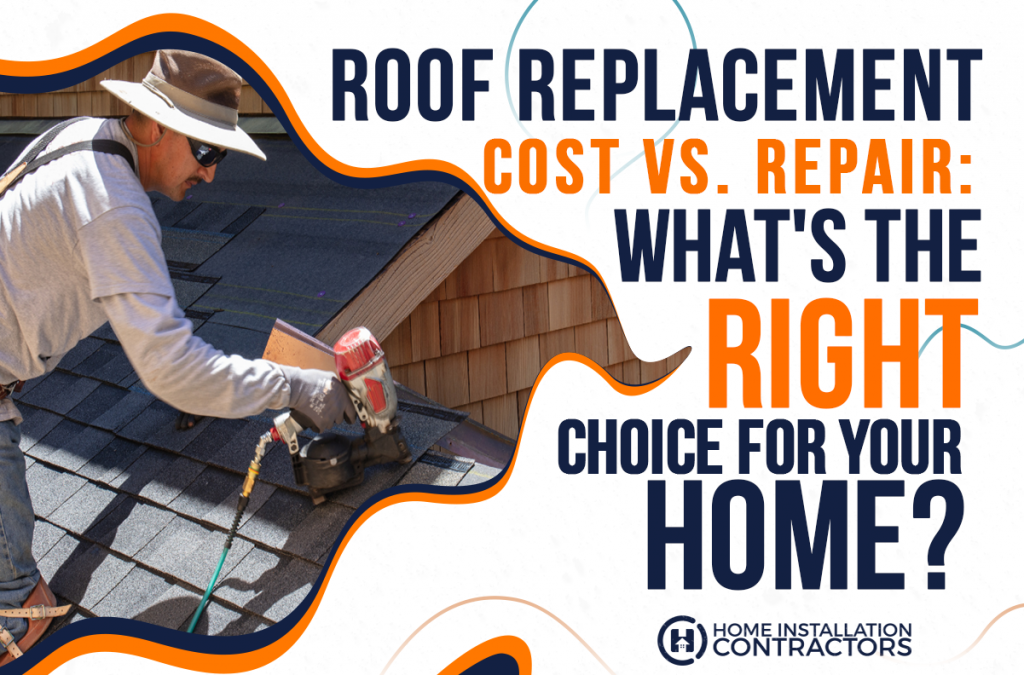A roof replacement is a significant investment for any homeowner, and it’s essential to understand the costs and factors involved in making the decision to repair or replace. In this article, we will cover the average cost of roof repair vs replacement, factors to consider when deciding between repair and replacement, and how to tell when it’s time to replace an old roof. We also provide you with maintenance tips and checklists to prolong the life of your roof and delay the need for a replacement.
Average cost of roof repair vs replacement
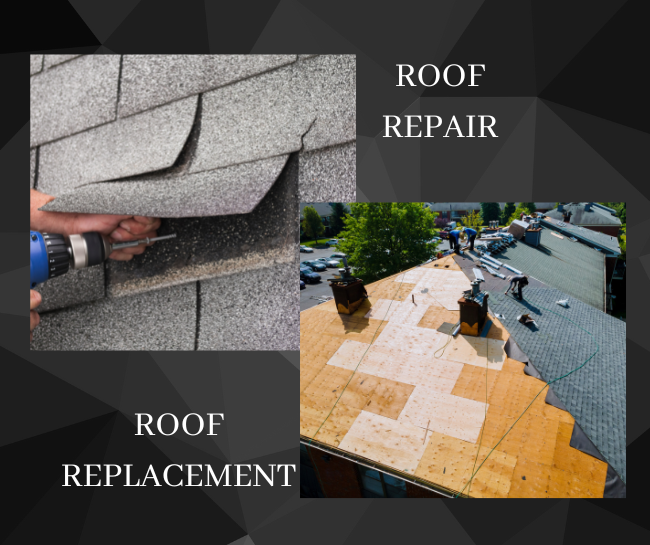
The cost of replacing a roof is a significant investment for any homeowner. The average cost of a roof replacement ranges from $5,000 to $10,000, depending on the size of the roof, the type of material used, and the complexity of the job. However, in some cases, repairs may be a more cost-effective option, costing between $300 and $1,000.
Factors to consider when deciding between repair and replacement
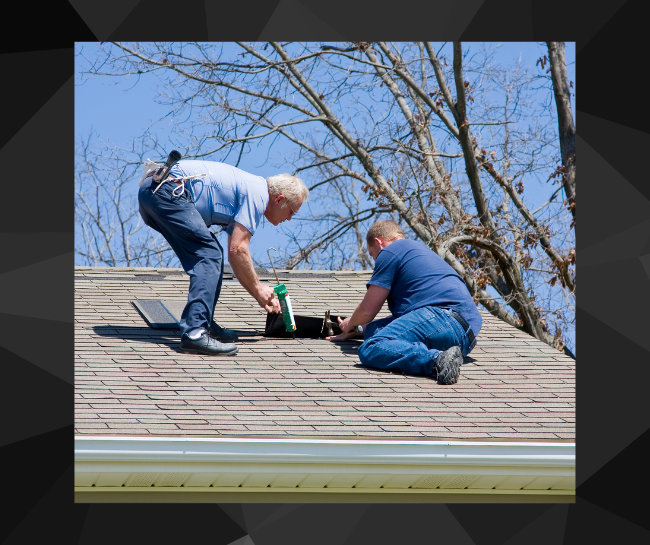
First, consider the age of your roof. If it is approaching the end of its lifespan (typically around 20 years for asphalt shingles), it may be more cost-effective in the long run to replace it rather than continue to make repairs. Additionally, if your roof has sustained significant damage from a storm or other event, a full replacement may be necessary.
Next, consider the type of material used on your roof. Some materials, such as metal or tile, can last much longer than others, such as asphalt shingles, so replacement may not be needed as frequently. Furthermore, some roofing materials are much more expensive than others, and will affect the cost of a replacement accordingly.
How to tell when it’s time to replace an old roof
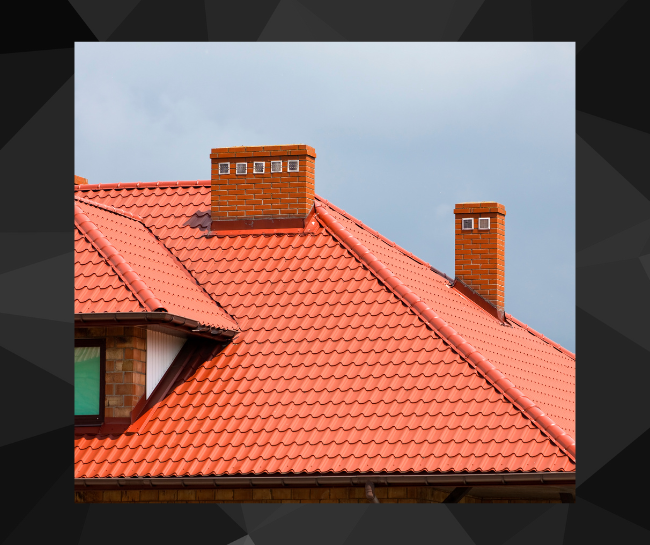
It’s also important to get a professional roofing inspection to determine the condition of your roof and whether repairs or a replacement is needed. They will be able to assess the extent of damage, identify any potential problem areas, and provide an accurate estimate for the cost of repairs or replacement.
Here are a few key signs that it may be time to replace your old roof:
Age:
If your roof is approaching or exceeding its expected lifespan (typically around 20 years for asphalt shingles), it may be time to start thinking about replacement.
Sagging or drooping:
A sagging or drooping roof is a sign of structural damage and can indicate that the roof is no longer able to support the weight of the shingles.
Curling or buckling shingles:
Curling or buckling shingles are a sign of age and can indicate that the shingles are no longer able to protect the roof from water damage.
Missing or broken shingles:
Missing or broken shingles can allow water to penetrate the roof and cause damage to the underlying structure.
Leaks:
If you are experiencing leaks in your home, it’s a sign that the roof is no longer able to protect the interior of your home from water damage.
Dark or dirty looking:
If your roof has dark stains or appears dirty, it may be a sign that there is moss or algae growth, which can cause damage to your shingles.
Increased energy bills:
Old, damaged roofs can lead to significant energy loss. If you have noticed an increase in your energy bills, it may be time to consider a roof replacement to improve energy efficiency.
Frequent repairs:
If you have to repair your roof frequently, it might be cheaper and more efficient to replace it instead of keep repairing it.
It’s important to keep in mind that while these are general guidelines, it’s always best to consult with a professional roofing contractor to get an accurate assessment of the condition of your roof and determine the best course of action.
Pros and cons of repairing vs replacing a roof

Another factor to consider when deciding whether to repair or replace your roof is the cost of energy. An old, damaged roof can lead to significant energy loss, and a new roof with proper insulation and ventilation can save you money on your energy bills in the long run.
Here are some of the key pros and cons of replacing a roof:
Pros
- Improved curb appeal: A new roof can enhance the overall appearance of your home and increase its curb appeal.
- Increased energy efficiency: A new roof with proper insulation and ventilation can help to improve energy efficiency and reduce energy costs
. - Better protection for your home: A new roof will provide better protection for your home against water damage, leaks, and other weather-related issues.
- Increased property value: A new roof can increase the value of your property, making it more attractive to buyers in the future.
- Peace of mind: Knowing that your roof is in good condition can provide peace of mind, especially during severe weather.
Cons
- Cost: The cost of a roof replacement can be significant, and it may not be affordable for some homeowners.
- Time: Replacing a roof can be time-consuming, and it may cause disruptions to your daily routine.
- Noise and dust: During the replacement process, there may be noise and dust that can be disruptive.
- Disruption of landscaping: Depending on the process and location of the job, the landscaping may be disrupted as well.
- Waste: Replacing a roof can create a significant amount of waste and will also need to be removed, and it can also have an environmental impact.
It is essential to consider both the pros and cons before making a final decision. Replacing a roof can be a big investment, but it can also provide significant benefits in terms of the aesthetics and protection of your
💡 When considering roof maintenance, weigh the pros and cons of repair vs replacement. Repair can save cost in short term but replacement ensures long-term benefits for your roof.
The importance of getting a professional inspection
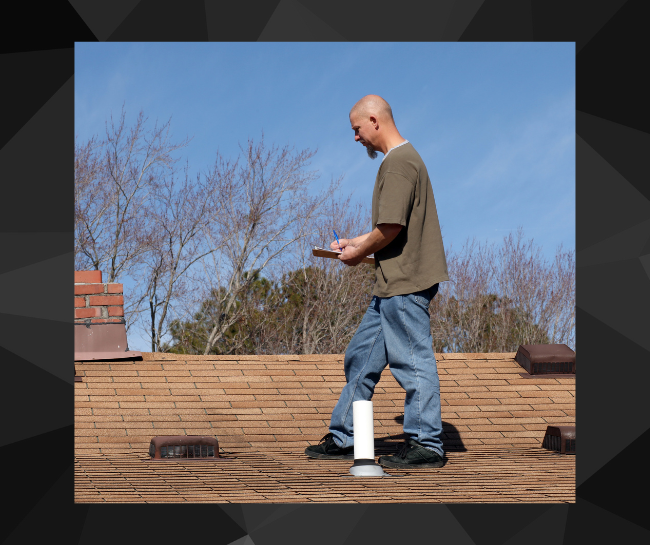
In some cases, a repair may be all that is needed to extend the life of a roof. However, if the roof is severely damaged or approaching the end of its lifespan, a full replacement may be the more cost-effective option in the long run. Before making a decision, it’s important to weigh the costs and benefits, and to consult with a professional roofing contractor to determine the best course of action for your particular situation.
💡 Professional inspections keep your roof in top shape and save you costly repairs.
Maintenance tips for prolonging the life of a roof
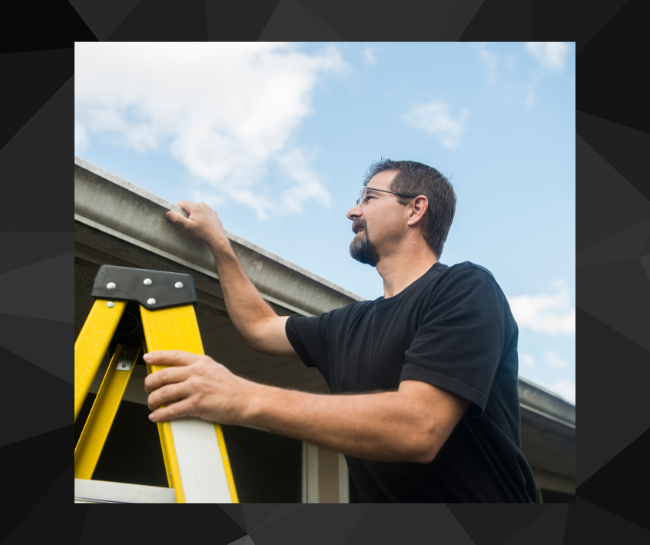
It is important to note that regular maintenance can help prolong the life of a roof, thus delaying the need for a replacement. This includes
- Keep gutters and downspouts clean:
- Trim back trees:
- Check for and repair leaks:
- Check for and repair missing or damaged shingles
- Ensure proper ventilation:
- Remove moss, algae, and other debris
- Regular Professional Inspection:
Wrap up
In summary, homeowners should consider the age of their roof, type of material, the cost of energy, the condition of the roof, and consulting with a professional roofing contractor when determining whether to repair or replace a roof. Regular maintenance of a roof can prolong its lifespan, this way homeowners can delay the need for a replacement.
If you are considering roof replacement, please don’t hesitate to contact us at Home Installation Contractor to schedule an inspection or get a quote. A reputable roofing contractor will be able to provide you with an accurate assessment of the condition of your roof and offer recommendations for repairs or replacement.
